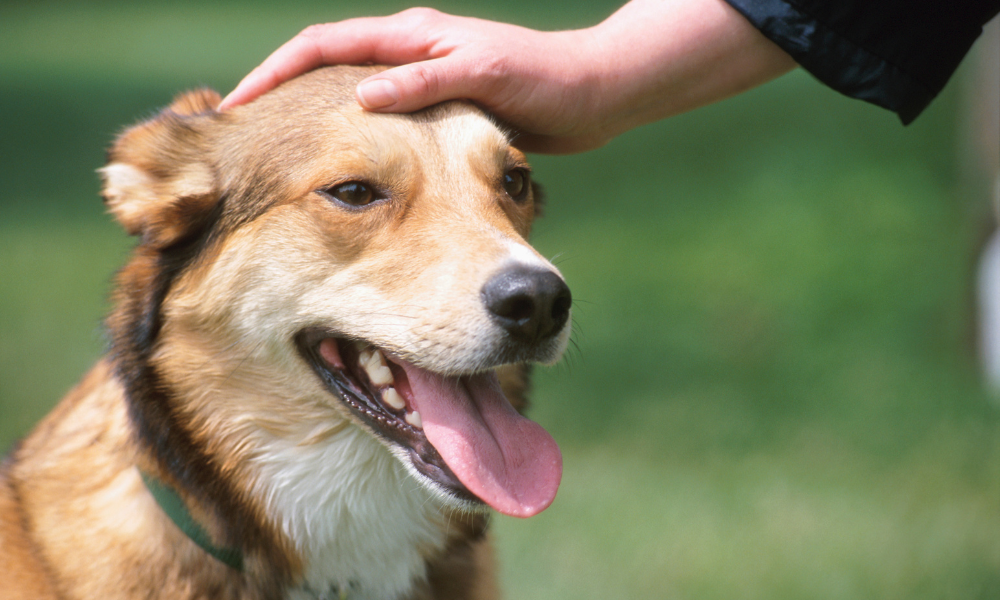From a new puppy to your fourth senior rescue, there’s no perfect formula for introducing a new dog to your home. Some dogs find themselves learning and growing in a new environment quickly, while other dogs will need time to adjust to the change in surroundings. So, what are some things that can make the transition easier?
The history of your dog is important. If your new dog is a puppy, they’ll need adequate time to explore their new home, and this may be best done without the interruption of other dogs or cats for an hour or two. If your dog is older, they may need a guiding hand to show them the ropes, as this process can understandably be quite overwhelming for senior pups. Always think about what’s best for your dog given their stage of life and personal history.
You will also need to think about things in your home that may be specifically daunting for your new fur-ever friend. Think about things you may want to protect from the accidents that may come with a new pup in the house–expensive rugs that need to be kept clean, toys that are not designated for chewing, etc. Shoes and clothing should also be kept off the ground… You can thank us later. 😉
Apart from the items you may want to take out of plain sight, think about the things necessary to make your environment the most comfortable for your dog. This includes some thought about where your dog will sleep, where they’ll eat, and where they’ll spend most of their time. When you finally introduce your dog to your home, steer clear of loud music or other deterrents to help ensure a peaceful transition.
Continuity can also help your pet feel more at home in their new environment. Keeping feeding times and walking schedules consistent can help your dog learn cues in the home that can help them find a routine. Perhaps most importantly, be sure to give your dog plenty of reassurance and love in the weeks during their homecoming to help them get acclimated to their new life.



